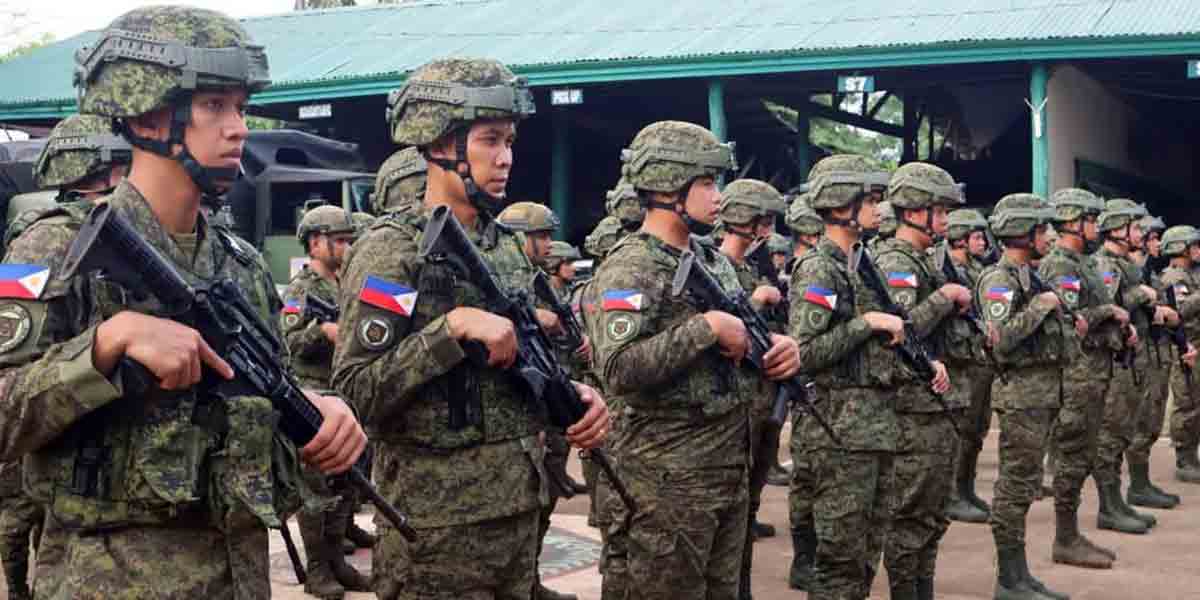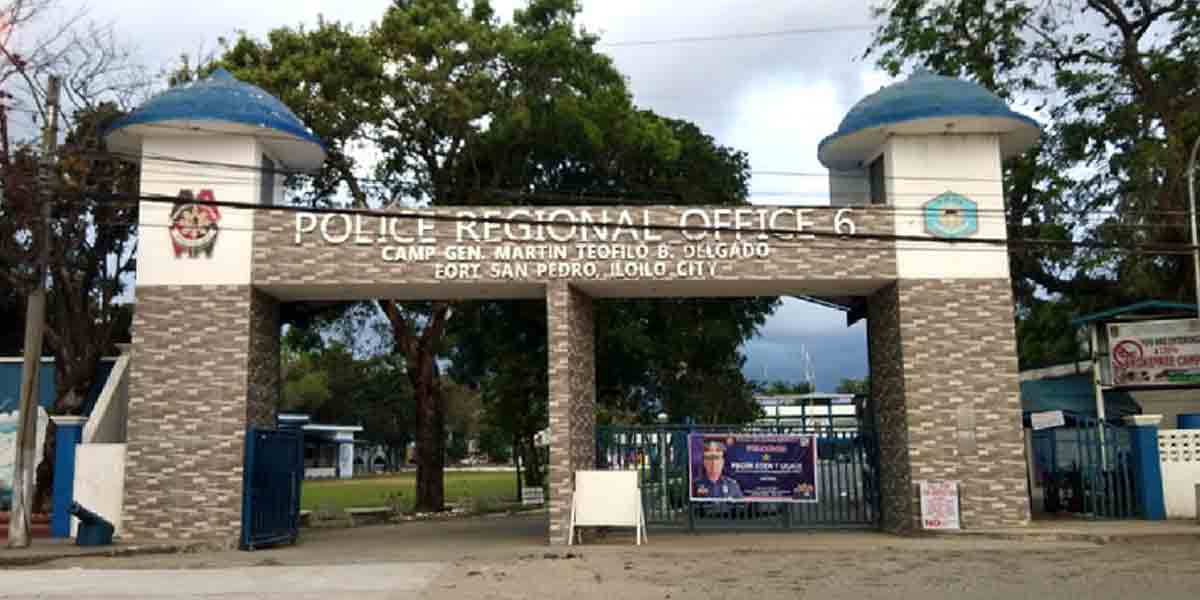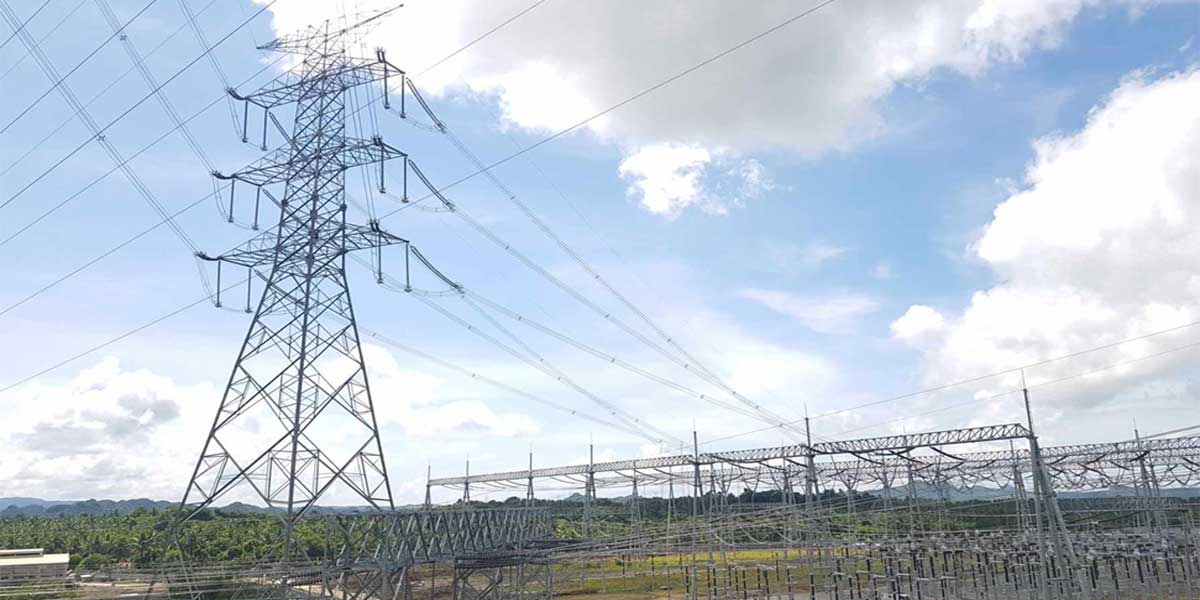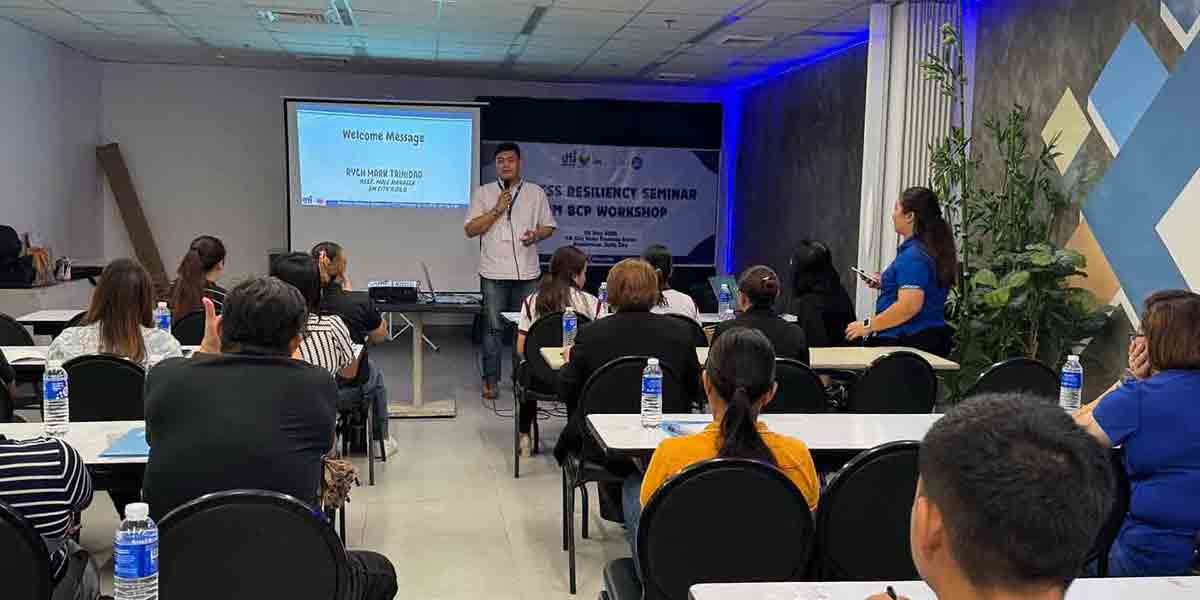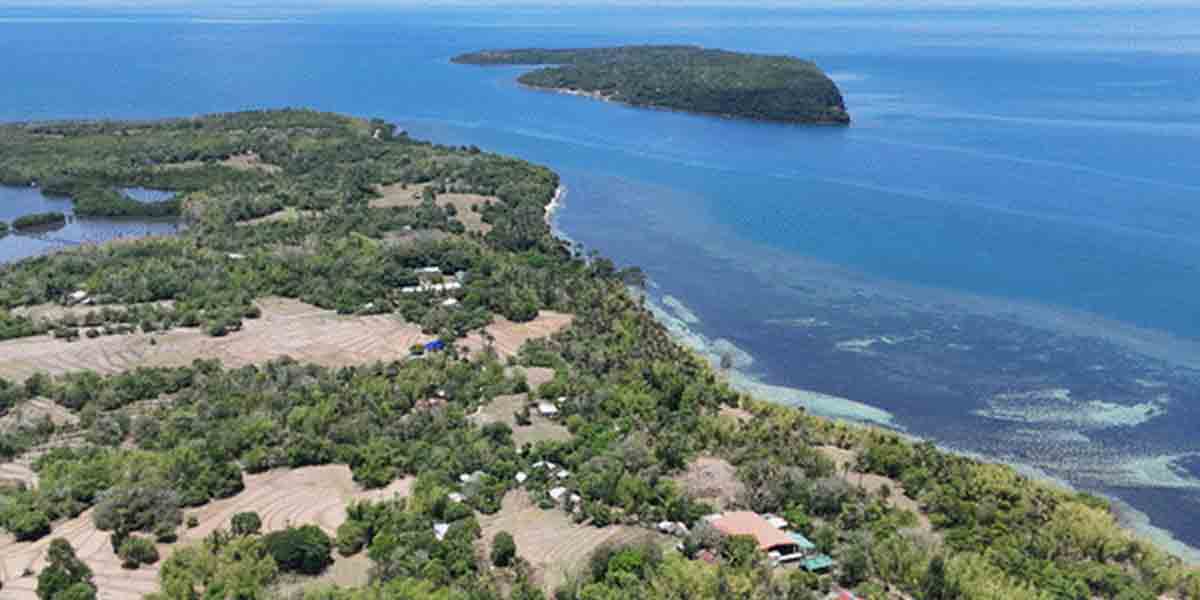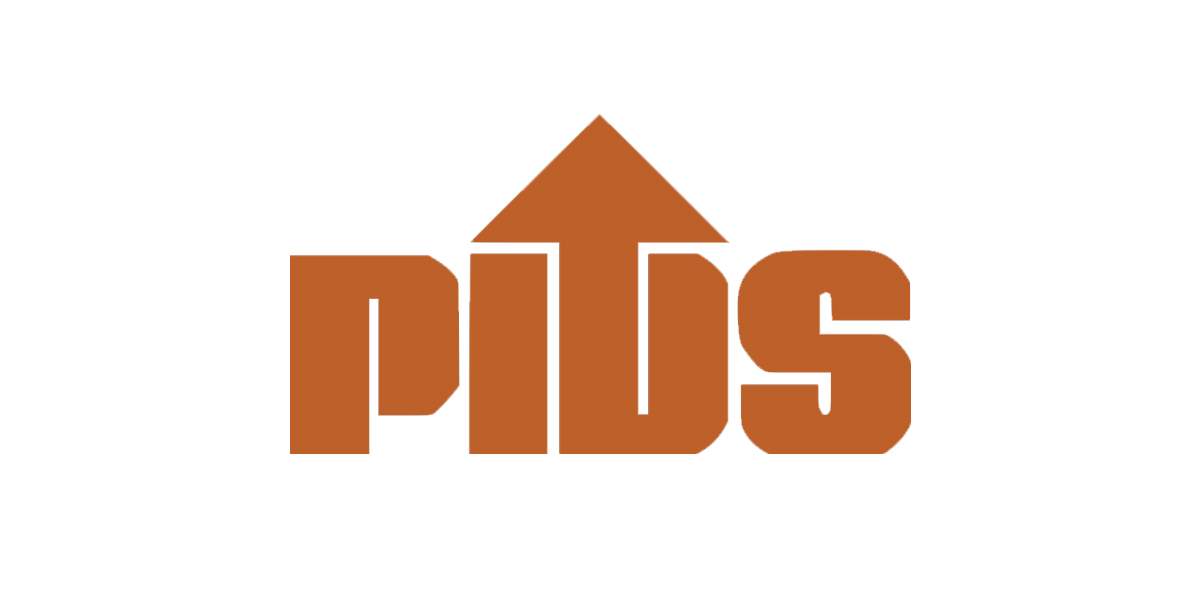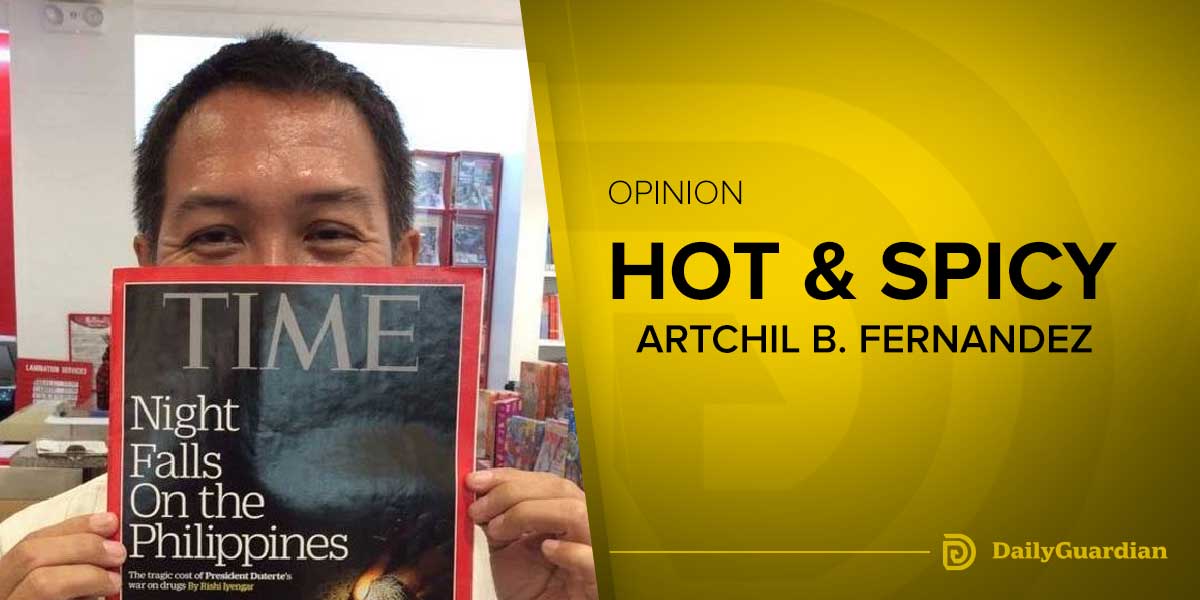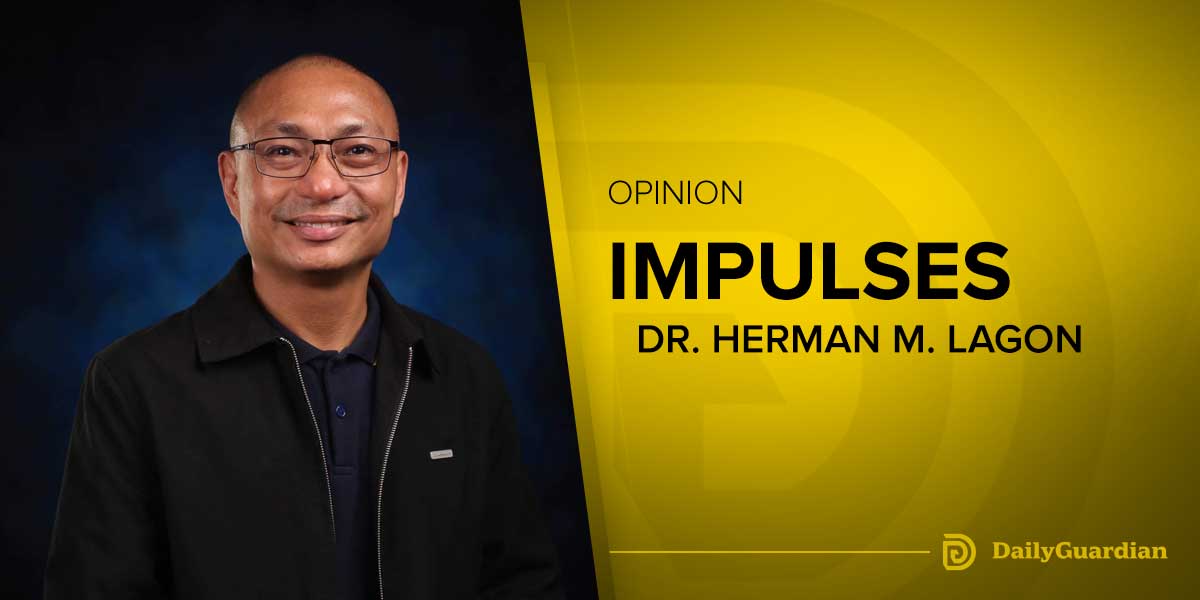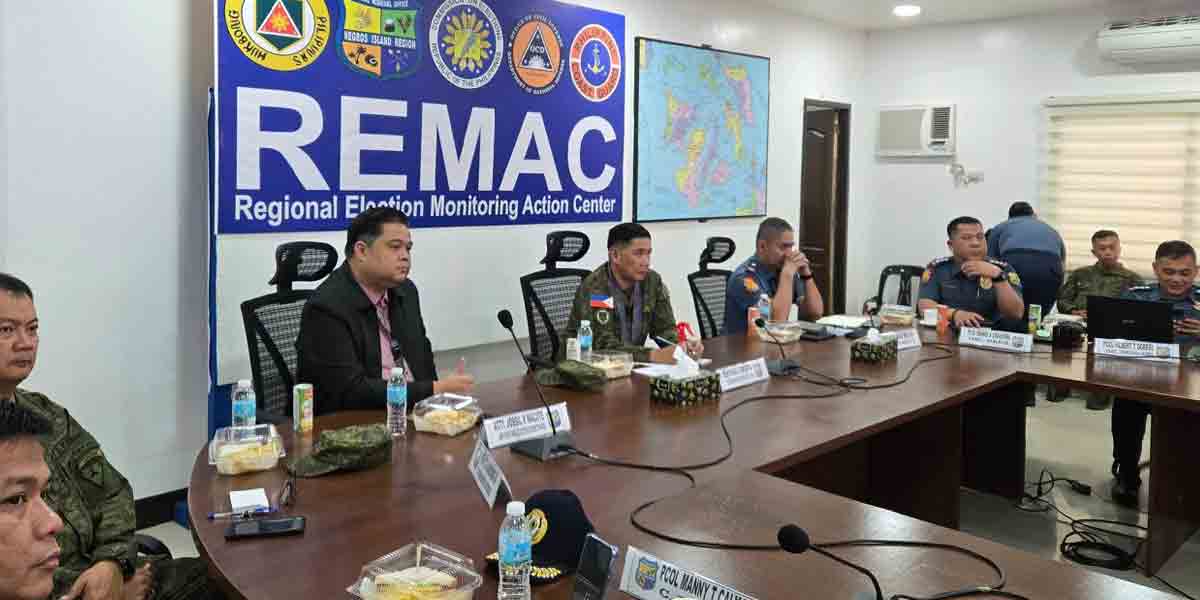By Carole Crumley
Power in human societies is often viewed as hierarchical, meaning that it’s tiered and ranked. This view doesn’t fully capture the complexity of how power is managed in different cultures. Some societies are not strictly hierarchical but heterarchical, where power is distributed among various groups or individuals who work together without a clear ranking. There is ample evidence for the existence of heterarchy for a variety of forms of social and political power, including in the archaeological record.[1]
Historically, the idea that more complex societies are superior to simpler ones has justified racism, colonialism, and domination. However, research conducted since the end of the 20th century increasingly shows that all human societies are fluid and interconnected, with power often shared among different groups.
Understanding these power dynamics helps us see how societies change over time. For example, when an elite group loses control of trade, new power structures may emerge, such as guilds or associations. These changes affect the entire society and can lead to more distributed power and democratic institutions.
The combined study of heterarchy and hierarchy allows us to trace how societies adapt and respond to challenges. It shows that power can shift and evolve into new forms of social organizations that help societies survive and thrive, even if they may face new tensions or conflicts later.
A Closer Look At Authority Structures
Heterarchies are self-organizing systems in which elements engage and affect one another. In the context of social systems, the relative power of groups can change based on the situation, which often depends on the degree of communication and collaboration among entities with different sources of power. When power is consolidated in a society by merging distinct entities (for example, religious, political, or economic) into a single, tightly controlled system (hyper-hierarchy or hypercoherence), there is less flexibility in dealing with surprise.[2]
The term polity is preferred to include the gamut of political organizations. Keep in mind that no polities are entirely hierarchical or heterarchical but instead are diverse and have changing packages of governance. For example, some organizations (armies, police, and firefighters) are necessarily quite hierarchical to clarify chains of command but can serve a polity in which all citizens have free access to health care.
Hierarchical Polities
Administrators in strong hierarchies (authoritarian states, oligarchies, and hyper-hierarchies) have several advantages. Due to a clear decision-making chain, they respond well to fast-developing crises (such as a military attack or insurrection). Because the rules and responsibilities are familiar, political interactions among decision-makers are fewer and more formalized, and political maintenance of the system is low. Administrative hierarchies are equipped with powerful security forces that can successfully defend the state perimeter and suppress internal dissent.
Polities that are strongly hierarchical are at a disadvantage, however, because data-gathering techniques, tied to the pyramidal decision-making framework, slow or stop the arrival of important information (especially subversive activity) at the apex of the pyramid. This necessitates the formalization and elaboration of internal security forces. Decisions are not necessarily popular; dissatisfaction is high and there must be considerable investment in coercion or propaganda. This also leads to high security costs. An example of this can be seen in most military dictatorships. In Chile under Augusto Pinochet, for example, the regime held onto power through the systematic suppression of opposition parties and the persecution of dissidents.
Heterarchical Polities
Administrators in polities with a strong heterarchical organization receive good quality information from many sources within and outside the decision-making lattice. In general, decisions are fair and reflect popular consensus. Decision-makers hear of a variety of solutions to problems. Because heterarchies are more likely to value the contributions of disparate segments of the community (ethnic groups and women, for example), their society is better integrated and the workforce is proud and energized.
Heterarchical polities are at a disadvantage because consensus is slow to achieve. Decision-makers must engage with constituents, requiring considerable time, energy, and constant maintenance. The cacophonous voices and choices a decision-maker hears complicate the search for workable solutions. The greater the groups’ involvement and trust in the system, the greater the possibility of consensus, but the response time is slower, and long-range planning is more difficult.
Trade-offs
Heterarchies value spontaneity, flexibility, and a definition of state power that involves balancing diverse elements. Individuals gain status through merit (rather than through inheritance or loyalty). State power should be used to improve citizens’ safety and well-being. Hierarchies, by contrast, value rule-based authority, rigid class lines linked to ascribed as well as achieved status and rank, a control definition of state power, and once achieved, the status quo. State democracies exhibit characteristics of both, which explains in part why they are more stable than authoritarian states.
Key Issues for Future Research
In all societies, the power of various individuals and factions fluctuates relative to changing circumstances. Today, as resources worldwide are being depleted and environmental conditions deteriorate, new ways to stabilize societies and reduce conflict must be found. One of the most important conditions for reducing conflict is to ensure inclusive and equitable conditions for everyone, particularly as regards food and water security, personal and group safety, and a satisfying quality of life.
In human societies, heterarchy is a corrective to power theories that conflate hierarchy with (civil) order, thereby creating a conundrum: will you submit and be safe or resist at your peril? To reenvision an equitable future for humankind, there must be a means to conceptualize and evaluate shifts between exclusive and inclusive power relations in diverse spatial and temporal scales and contexts. There must also be a way to assess the implications of each type of relationship in terms of how beneficial it is to society and how suitable it is for the future.
Created in the process of building nation-states around the globe, analytic tools that measure efficiency illuminate only hierarchical political, economic, and social forms and ignore the stabilizing power of heterarchical forms; in this way, hyper-hierarchical and other inherently unstable forms of wealth distribution and political power accumulate. The controlling model of hierarchy-as-order, ubiquitous and all but invisible, exacerbates growing tensions.
Bioarchaeology as a Window to Political Relationships
Public policies, systems of exchange, subsistence strategies, and social roles structure how people obtain resources and how they experience the result of toil and violence. Bioarchaeology (the scientific study of biological remains from archaeological sites) and genomics have become invaluable to the study of early political relationships.
It is now possible to reconstruct many aspects of an individual’s life by extracting DNA and evaluating trauma in human remains. In addition to much more reliable identification of sex and age at death, we can now know the region where a person was born, if they traveled widely or emigrated to another region, and we can find clues to what they ate, the kind of work they did, and how they were treated. Together these pieces of information can form a picture of life as lived, marking stressful and tranquil periods that the person and/or the group survived.
These new tools produce reliable determinations of historic risk and vulnerability across various scales, from the individual level to large populations. While community-wide governance in smaller-sized groups is no surprise, this was also seen in cooperative states, regions, and urban agglomerations (Callejón de Huaylas/Requay, central Thailand, Mimbres, Tiawanaku, and Marroquíes) and even empires (Xianbei and Genghis Khan’s Mongols) that were collaboratively organized.[3]
Future Thinking
This is important information for the human future: the old paradigm that asserted competition and conflict to be the primary motors of civilization can now be reconsidered. In the course of human history, societies engaged in cooperative activities that advanced their well-being, and they also fell into conflict or under the rule of tyrants. If we begin with the premise that the tension between competition and cooperation exists in all human societies, it then behooves us to explore the ways rules and norms permit or deny each other, and how both interact with history and changing conditions to forge institutions.[4]
The political climates of the past demonstrate that human accomplishment is not on a rising staircase culminating in the state; instead, we find a long history of diverse experiments and their results, to which we now have access. In the contemporary world, we face an important question: How can the equity and effectiveness of coalitions, federations, leagues, unions, and communities in societies of all sizes help us construct and strengthen societies of the future?
A professor of anthropology (emerita) at the University of North Carolina at Chapel Hill, Carole Crumley is a founding scientist of the research strategy termed historical ecology. Her key concept of heterarchy is now applied to studies of societal and environmental change. She is the director of the Integrated History and Future of People on Earth (IHOPE) initiative, a global network of researchers based at Sweden’s Uppsala University that unites the biophysical and social sciences and community voices to build a livable future. This article was produced by Human Bridges.
[1]Angelbeck, Bill and Grier, Colin. (2012). “Anarchism and the Archaeology of Anarchic Societies.” Current Anthropology 53(5): 547-587.
Chapman, Robert. (2003). Archaeologies of Complexity. London, Routledge.
Ehrenreich, Robert M.; Crumley, C.L.; and Levy, Janet E. (eds.) (1995). “Heterarchy and the Analysis of Complex Societies.” Archaeological Papers of the American Anthropological Association no. 6. Washington, D.C.: American Anthropological Association.
Kohring, Sheila, Wynne-Jones, Stephanie (2007). Socialising Complexity: Approaches to Power and Interaction in the Archaeological Record. Oxford: Oxbow Books.
Souvatzi, Stella G. (2008). A Social Archaeology of Households in Neolithic Greece: An Anthropological Approach. Cambridge: Cambridge University Press.
[2] Piketty, Thomas. (2014). Capital in the Twenty-First Century. Cambridge MA: Harvard University Press.
[3] Becker, Sara K. and Juengst, Sara L. (eds.) (2020). “Cooperative Bodies: Bioarchaeologists Address Nonranked Societies.” Vital Topics Forum, American Anthropologist 122 (4).
Thurston, T.L., and Fernández-Götz, Manuel (eds.) (2021). Power from Below in Premodern Societies: The Dynamics of Political Complexity in the Archaeological Record. Cambridge: Cambridge University Press.
[4] Chapman, Robert (2003). Archaeologies of Complexity. London: Routledge


